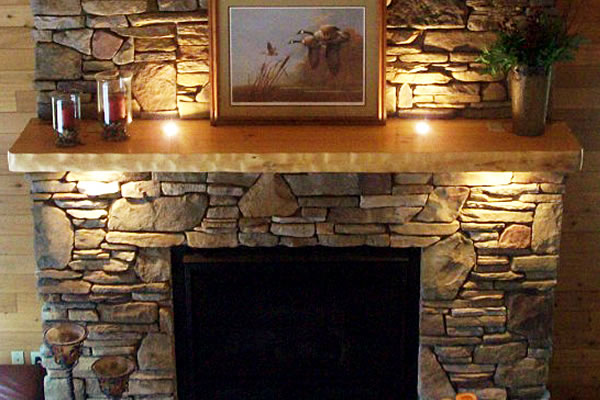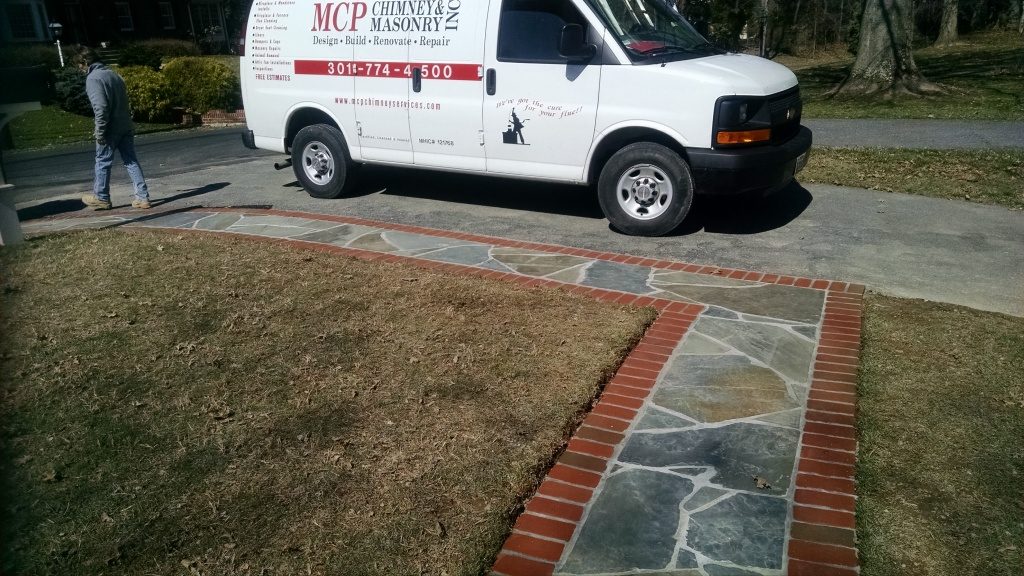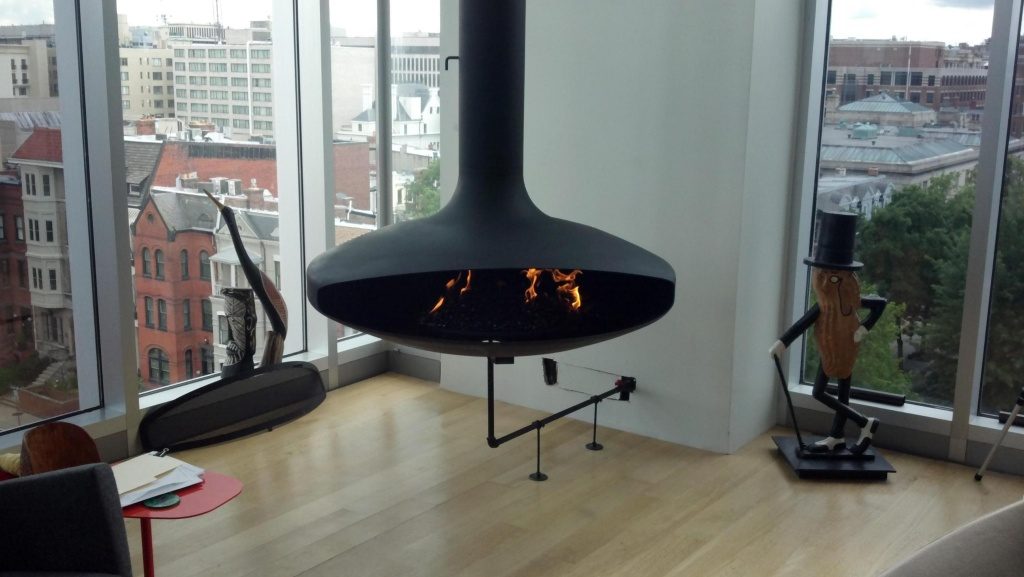When someone mentions the word “fireplace,” you more than likely think of a traditional wood-burning firebox and chimney. However, in recent years, gas fireplaces have become quite common and more homeowners than ever before are opting to install them. Here’s what you need to know about a gas fireplace and how it works.
Do Gas Fireplaces Still Produce Smoke or Fumes?
In a woodburning fireplace, seasoned firewood serves as the fuel, and the combustion byproducts contained in the smoke travel up through the chimney and out of your home. However, things are a bit different when you opt for a gas model. A gas fireplace produces no smoke, but it does produce potentially dangerous combustion byproducts – including carbon monoxide – that must exit your home safely. In this case, rather than a chimney, those byproducts escape your home through a long pipe known as a flue.
How Do You Build a Fire in a Gas Fireplace?
Unlike a traditional woodburning fireplace, you do not actually “build” a fire in a gas model. Rather, these appliances are fitted with incombustible logs made from flame retardant materials, and these logs are fitted over gas vents connected to the gas lines in your home. Instead of building a fire, you simply turn on the gas and utilize an electric switch to create a spark that will ultimately lead to a roaring fire. Gas fireplaces utilize sealed combustion. This means that the fire itself is not accessible; the heat escapes into your home via air movement channels that are arguably far more efficient than a traditional fireplace.
Are Gas Fireplaces Better than Woodburning Fireplaces?
Both gas and woodburning fireplaces have their benefits, and the best one for you depends on your unique situation. The primary benefit associated with a gas fireplace is the ease with which you can add one to an existing home. Building a fireplace and its associated chimney in an existing home is tricky and expensive; setting up a gas fireplace with its attached flue is far more affordable. Gas fireplaces take up less floor space, they require far less maintenance, and in some areas, the cost of natural gas is far less than the cost of seasoned firewood.
Are Gas Fireplaces Efficient?
Gas fireplaces are incredibly efficient, and this is especially true if you opt for a double-pipe vented model that brings in fresh air from outdoors. The average efficiency rating for a two-pipe model is anywhere from 70% to 85%; a single-pipe unit that relies on indoor air is only about 50% efficient. When compared to a woodburning fireplace which provides only 10% to 30% of the fuel’s energy in the form of heat, it’s easy to see that gas fireplaces certainly have their benefits. Wall thermostats and even remote controls are available to allow for programmable heat, which brings you even more efficiency.
A gas fireplace is a relatively simple thing that consists of a firebox and flue pipe. Though it may look much like a standard fireplace, it is far more efficient, provides more heat, and requires a great deal less maintenance than a standard woodburning model.




